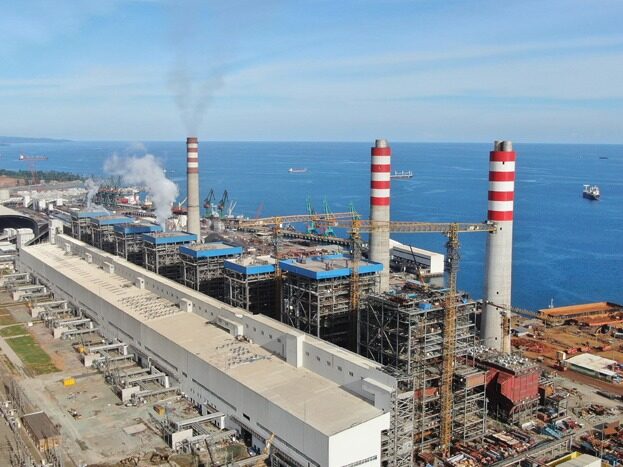- The water tank is not only a decoration of the courtyard, but also greatly facilitates daily life, can quench thirst and fire

Architecturally speaking, there is a hood in front and a back in back, that is, the house is facing the water and the mountains, so it is best to set up a house. If there is no river or spring in front of the house, then open a well at home, or put a water tank to create the most Favorable feng shui, but this is not the basis for the ancients to enlarge the water tank in the courtyard.

In ancient times, there was no running water. If the ancients did not put a water tank to store water at home, it would be very inconvenient to use water. People who are far away from the water source do not have to carry water every day after they have a large water tank. In the case of water, the larger the water tank, the more water will be stored, which can be prepared for unexpected needs.

In addition to drinking water, the water in the water tank is also a tool used by the ancients for firefighting. In ancient times, houses were made of wood, which was prone to fire, and whenever this time, those large water tanks filled with water were raised. With great effect, people will take water to extinguish the fire. The Forbidden City was built from the 18th year of Yongle in Ming Dynasty (1420 AD) until the emperor's abdication in Xuantong in the Qing Dynasty (1911). In this 491-year history, there have been more than 20 large-scale fires, including He Dian, Bao He Dian and Qian Qing Palace have all been destroyed by fire. These great projects, which took countless manpower and material resources of the country, were so easily destroyed by fire, so the fire prevention work in the palace is the top priority.

Ordinary people’s water tanks are relatively easy to keep. There are too many water tanks in the Forbidden City, and there are many houses in the palace. In winter, in order to prevent fires, the eunuchs in the Forbidden City have an important task every day to keep the water tanks warm, not just to set them up. On the thick cylinder liner, a small stone stove will be set up on the bottom of the cylinder, and a fire will be set on. It will be kept at rest all day and night, in order to prevent the water in the tank from freezing, so that if there is a fire, the large tank The water still comes in handy.


According to the records of the Qing Dynasty archives, there are 308 such auspicious cylinders in the Forbidden City, but for historical reasons, there are currently 231 remaining auspicious cylinders, including 18 gilt large cylinders, others are bronze cylinders or It is an iron cylinder. Not all the auspicious cylinders in the Forbidden City were installed in the Qing Dynasty. As early as the Ming Dynasty, these large cylinders were installed for fire prevention. Here is also a trick to distinguish the age of the auspicious cylinders: all iron is on both sides of the large cylinder Those with iron rings and big ears are basically from the Ming Dynasty. As for those with large beast rings cast on both sides of the cylinders, the larger ones are the relics of the Qing Dynasty. The earliest surviving auspicious cylinder in the Forbidden City was the four years of Ming Hongzhi. The iron cylinder made by Yuyongjian is on the left under the base of Taihe Hall.



Look, in the ancient mansion, whether it is a high-garden landscape garden or a small courtyard of an ordinary person, there will always be a cool old tank. The old tank in this courtyard looks ordinary, but But it contains the extraordinary aesthetic of ancient Chinese literati and elegant scholars for thousands of years. Editor/He Yuting
Comment
 Praise
Praise
 Collect
Collect
 Comment
Comment
 Search
Search














Write something~